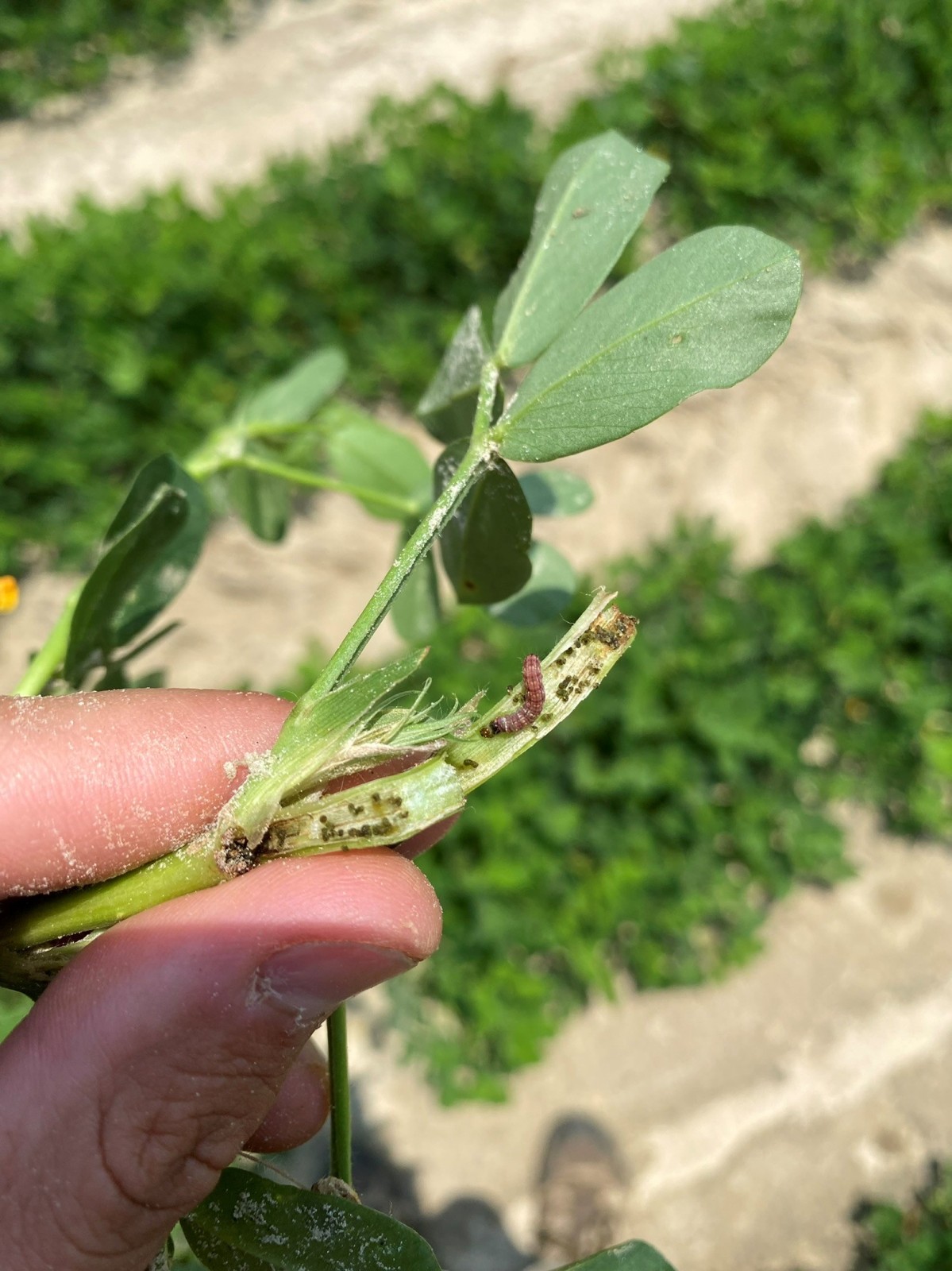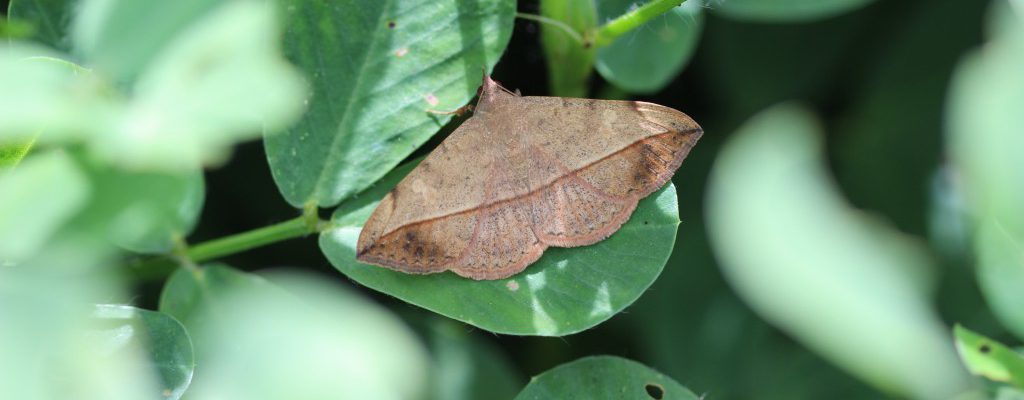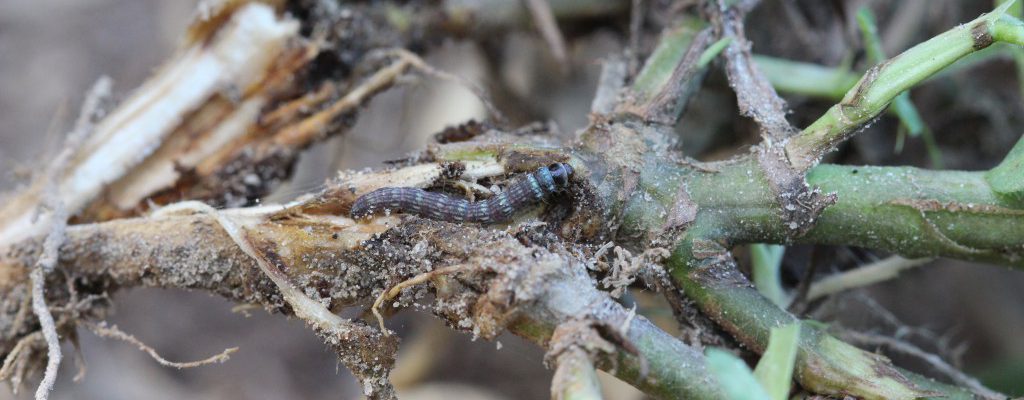LCB
-
We are at the point in the growing season where a lot of Georgia peanut fields are 25 to 35 days after planting. Though thrips pressure has not been particularly high in 2023, it doesn’t take many adults per plant to produce a damaging population of immatures on peanut. Thrips injury typically peaks around 28…
Posted in: Uncategorized -

The 2023 peanut growing season did not start out hot and dry, but nobody bothered to tell the lesser cornstalk borers (LCB). This pest is generally only a serious problem when temperatures are in the 90s and rainfall is scarce; nevertheless, LCB populations were reaching threshold levels in peanut fields all across Georgia by the…
Posted in: LCB -

The July rain in South Georgia will reduce the severity of lesser cornstalk borer infestations in many fields and will at least buy us some time before spider mites become a serious concern. If the rain continues through the remainder of the season, we will likely not have to battle either of these pests over…
-

Regardless of whatever else has to be done on the farm in South Georgia over the next fourteen days, one thing that needs to happen is scouting peanut fields for lesser cornstalk borer (LCB). This insect is the most damaging pest of peanut in Georgia; it feeds on stems, pegs, and pods, and it will…
Posted in: LCB -
Now is a critical time for insect management in Georgia peanuts. Hot, dry weather is here, and the decisions we make over the next few weeks are going to be very important in determining how much impact insect pests will have on this year’s crop. Lesser cornstalk borers (LCB) have been in peanut fields for…
-
The last two days have brought calls and texts from consultants and county agents finding lesser cornstalk borer (LCB) in Georgia peanut fields. The infestations are not limited to one area of the state, and populations have reached treatable levels in many locations. Scouts should be looking closely for moths, silk tubes, and caterpillars as…
Posted in: LCB -
June will bring a shift in insect concerns in peanut, and as usual, the weather will play a large role in determining what happens next. April and May insect questions were primarily about thrips, so I will give a short summary of the 2020 thrips situation. Thrips pressure in my trials was variable with some…
-
It came as no surprise on Monday morning when the phone starting ringing with questions about foliage feeding caterpillars, lesser cornstalk borers and two spotted spider mites in peanut fields. Most of the foliage feeding caterpillars we are seeing now are velvetbean caterpillars (VBC). This species is generally easy to kill with insecticides, but left…
-
Velvetbean caterpillars (VBC) have arrived in large numbers in some Georgia peanut fields over the past couple weeks. Peanuts that are 70 to 90 days after planting are likely to be at greatest risk for yield loss from defoliation; the risk is even greater in fields that are drought stressed. VBCs have voracious appetites and…
-
Lesser cornstalk borer (LCB) is the most destructive insect pest of peanut in the Southeast, and it thrives in hot, dry conditions. It doesn’t get a whole lot hotter or drier in South Georgia than it has been the last couple weeks, and reports of LCB infestations in peanuts have predictably started to arrive. What…
Posted in: LCB -
I have been getting scattered reports of lesser cornstalk borer (LCB) in Georgia peanuts for several weeks now. The very dry conditions that we experienced to start the season were perfect for LCB survival, and they showed up early enough in the year to cause me no small amount of concern. The recent rain that…
Posted in: LCB